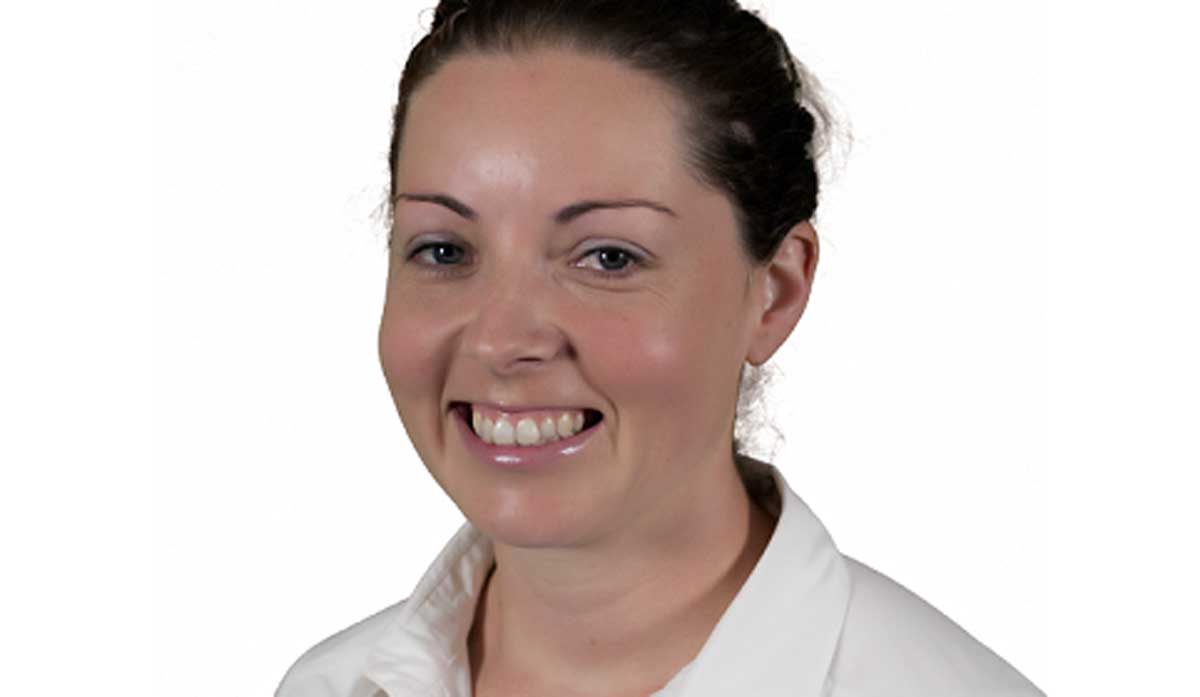Early drought fears ease in Hawke’s Bay, but caution remains
Fears of a serious early drought in Hawke’s Bay have been allayed – for the moment at least.
Hawke’s Bay Regional Council has launched a 3D water mapping project to better understand the region’s freshwater supply.
As part of the project, a helicopter towing airborne electromagnetic survey technology called SkyTEM is flying over the region’s aquifers for the next six weeks.
The technology is able to scan the aquifers down to 300 metres, further than what has been seen before.
The data provided by the survey will enable HBRC to build a 3D digital picture of the aquifers horizontally and to great depths, enabling a better understanding of groundwater resources.
IrrigationNZ has congratulated the HBRC and its partners on the launch: chief executive Elizabeth Soal says the project is a breakthrough.
“We urgently need more facts about what water we have and where,” says Soal.
 |
|---|
|
IrrigationNZ chief executive Elizabeth Soal has praised the project. |
“This can inform a sensible water strategy to guide sustainable water management in New Zealand.
“We’re often seeing headlines about shortages in our dry regions which rely on water for their communities, their recreation, and their livelihoods.
“If this initiative by Hawkes Bay Regional Council is successful, we can repeat this elsewhere to get a nationwide water map to understand more about this critical resource. And then we can act on what we know.”
The project is a collaboration between the HBRC, the Provincial Growth Fund (PGF) and GNS Science, using Danish SkyTEM technology that has been used extensively overseas.
The total cost for the project is $4.3 million. The PGF is contributing $2.15 million, the HBRC $1.85 million, and GNS Science $300,000.
Primary sector leaders have welcomed the announcement of a Free Trade Agreement between India and New Zealand.
|
A landmark moment for New Zealand. That's how Prime Minister Christopher Luxon describes the conclusion of negotiations for an India-New Zealand Free Trade Agreement. Beef Progeny Test 2025: Genetic insights for NZ beef industryAt Pāmu’s Kepler Farm in Manapouri, mating has wrapped up at the across-breed Beef Progeny Test. HortNZ celebrates 20 YearsMore than 150 people turned up at Parliament recently to celebrate the 20th anniversary of Horticulture New Zealand (HortNZ). Biosecurity NZ urges vigilance for yellow-legged hornetsBiosecurity New Zealand says Kiwis should continue to keep an eye out for yellow-legged hornets (Vespa velutina) over the holiday season. Mental Health and Fitness Unite: The Push-Up Challenge comes to New ZealandThe Push-Up Challenge, an event which combines mental health and fitness, is set to launch in New Zealand in 2026. NationalFarmers more satisfied with banks, but confidence remains below 2017 levelsAccording to the latest Federated Farmers banking survey, farmers are more satisfied with their bank and less under pressure, however,…Farmer confidence dips slightly, but positivity still dominatesFarmer confidence has taken a slight dip according to the final Rabobank rural confidence survey for the year.Nathan Guy is the new special agricultural trade envoyFormer Agriculture Minister and Otaki farmer Nathan Guy has been appointed New Zealand’s Special Agricultural Trade Envoy (SATE).Alliance commissions major heat pump system at Mataura, cutting coal use and emissionsAlliance Group has commissioned a new heat pump system at its Mataura processing plant in Southland.NZ meat industry seeks removal of US 15% lamb tariffMeat processors are hopeful that the additional 15% tariff on lamb exports to the US will also come off.Machinery & ProductsAgriSpread AS3000 Bulk Spreader: Precision spreading up to 52mManufactured in Ireland, tested and launched at Agritechnica in Germany, AgriSpread’s new AS3000 bulk spreader takes much of the technology…Agritechnica 2025: Claas, Fendt and Valtra claim 2026 Tractor of the Year AwardsLast month's Agritechnica event led to a wide group of manufacturers celebrating successes when the 2026 Tractor of the Year…New Case IH Puma series debuts with improved design & precision techCase IH used Agritechnica to reveal its new Puma series tractor, featuring what it claims is an entirely new vehicle…New Holland unveils “Il Trattore” concept at AgritechnicaCreating a great deal of enthusiasm at Agritechnica, the T5.120 ‘Il Trattore’ styling concept tractor was celebrating the legacy of…Deutz-Fahr unveils all-new 8 series tractor range at AgritechnicaAgritechnica was the launchpad for several “new” tractors, most reworks of existing models, but Deutz Fahr ‘s new 8 Series was…» Latest Print Issues OnlineThe Hound
Yes, Minister!OPINION: The release of the Natural Environment Bill and Planning Bill to replace the Resource Management Act is a red-letter day… Two-legged pestsOPINION: Federated Farmers has launched a new campaign, swapping ‘The Twelve Days of Christmas’ for ‘The Twelve Pests of Christmas’ to… » Connect with Rural News» eNewsletter |